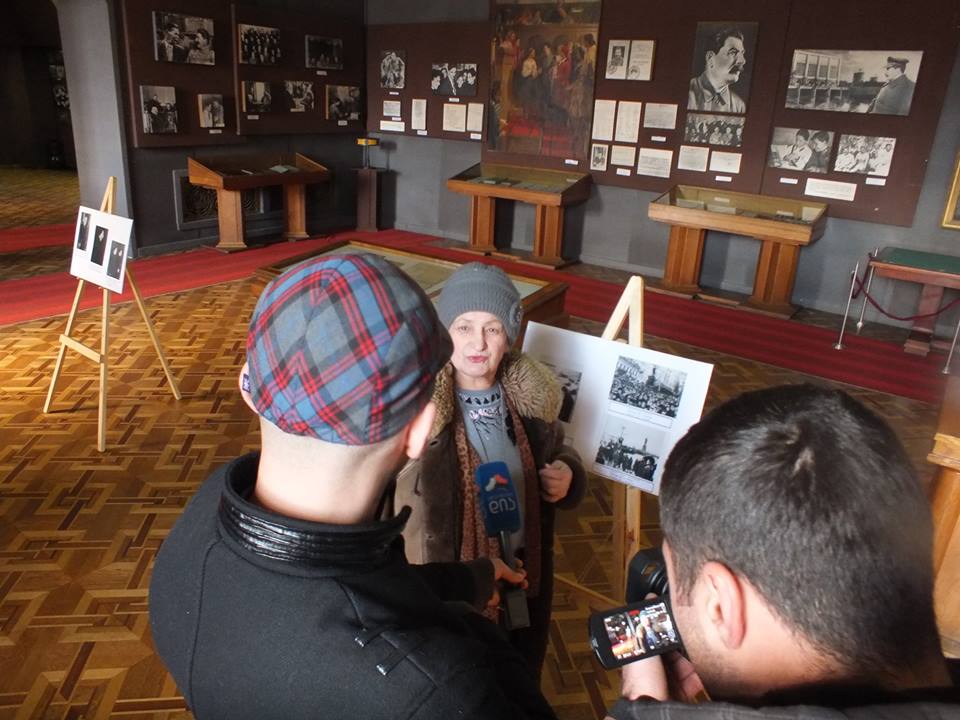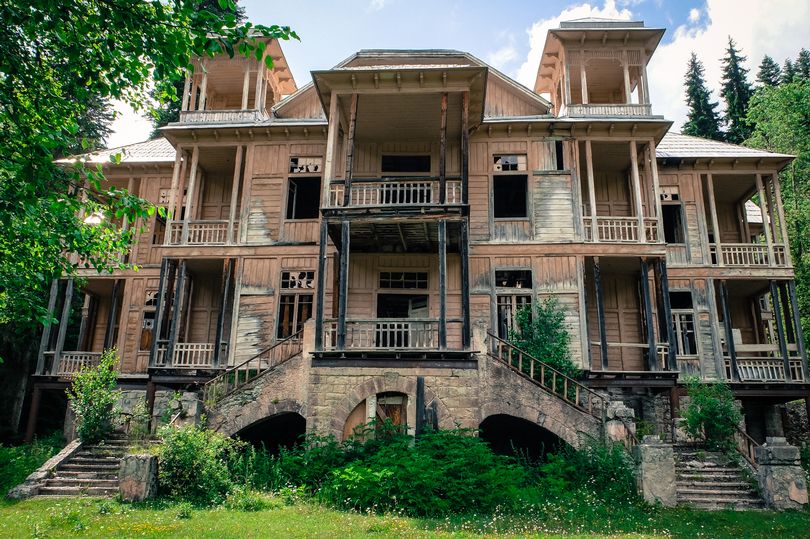Joseph Stalin, the leader of the Soviet Union, was perhaps Georgia’s most prolific historical figure. Despite spending much of his life in Russia, he would spend long periods of time in Georgia until his death in 1952. Dotted around the country, Stalin’s residences, from his birthplace to summer retreats and grand retirement homes serve as an interesting insight into the life of the notorious Soviet leader. However, controversy surrounds the handling of his turbulent era of history as his residences are turned into museums or left to rot and decay.
Where it all began - Stalin’s birthplace
The cramped brick house where Stalin was born stands in stark contrast to the grandeur of the Stalin Museum in Gori, a little town in Shida Kartli. It was here that Stalin, originally named Ioseb Besarionis dze Jughashvili, was born to a poor family on 18 December 1878. Although Gori was then part of the Russian Empire, he was ethnically Georgian and grew up speaking the Georgian language. He spent the majority of his childhood in the town, until moving to Tbilisi in 1894.

Visiting the museum, it is easy to forget the atrocities that occurred during Soviet rule. The building houses many personal items from Stalin including gifts, uniforms, and paintings. The only room hinting to his war crimes is small and hidden away in the reception area. There isn’t even a sign.
Holiday dachas preserved in Abkahzia
Nestled in the mountains surrounding Lake Ritsa in Abkhazia, Georgia’s occupied territory, Stalin’s residences also hide a dark past. The beautiful views of the calm lake are far removed from the reality of the brutalities committed under Stalin’s orders. Built in 1947, the green dacha has been well-preserved by the de-facto Abkhaz authorities. It houses a billiards room, three grand bedrooms, a huge library, and reception rooms where Stalin would host prominent Soviet figures. Abkhazia was once so popular among the Soviet establishment that it was dubbed the Soviet Riveria. Stalin had five dachas constructed in the region. As the region is illegally occupied by Russia, the residences are inaccessible to Georgians.
Retirement home left to rot
Towards the end of his life, Stalin built another luxurious retreat among the mountains of Racha. With its fresh mountain air and unique Khvanchkara red wine, he chose Shovi to be the region for his retirement. The mansion's pale pink wooden walls house decaying rooms, left to rot, abandoned, for decades. Rubble carpets the floor of many of the rooms whilst kitchen appliances rust in the kitchen. The unhappy fate of such a beautiful building could be considered a shame, or perhaps it is a worthy reflection of the history of the Soviet Union and the destruction it caused.

The issue of Stalin as a tourist attraction
Visiting Stalin’s residences and the Stalin museum, it’s easy to forget the many evils ordered by Stalin. Historian Lasha Bakradze believes that the positive portrayal of Stalin in the Stalin museum is a sign that Georgia is still struggling to come to terms with its past, even as it seeks closer ties with the west. “We still don’t know how to deal with Stalin, or with our Soviet history,” he said in an interview with the Guardian newspaper. Although at least 30,000 Georgians were either executed or imprisoned during his rule, some still celebrate the story of a poor boy from tiny Georgia who became Russia’s mighty leader. The lacking portrayal of the negative sides of Stalin has allowed the Stalin museum to become somewhat of a place of pilgrimage. Georgia must face its past, both good and bad, so that history is remembered in the right way.
By Amy Jones
